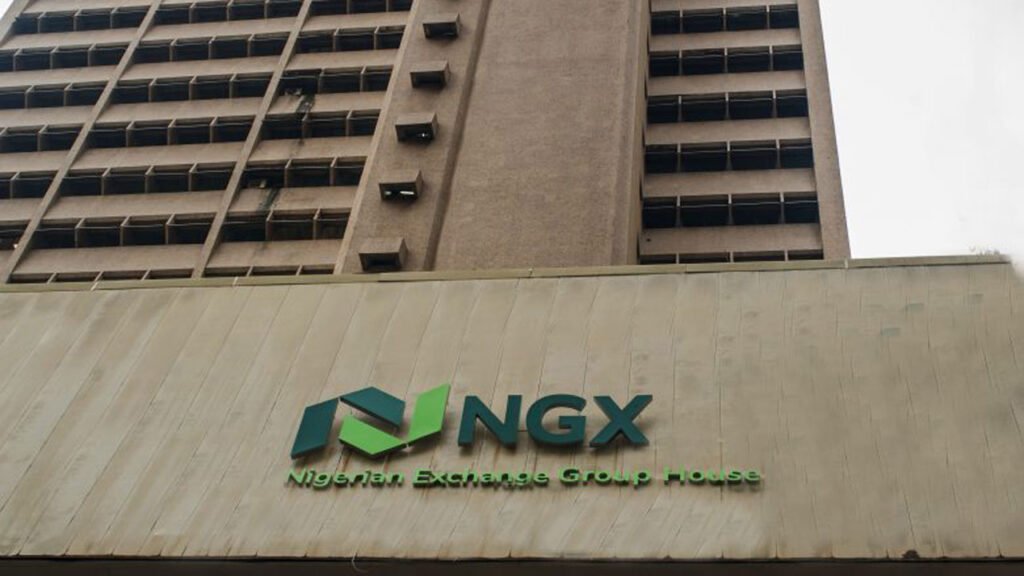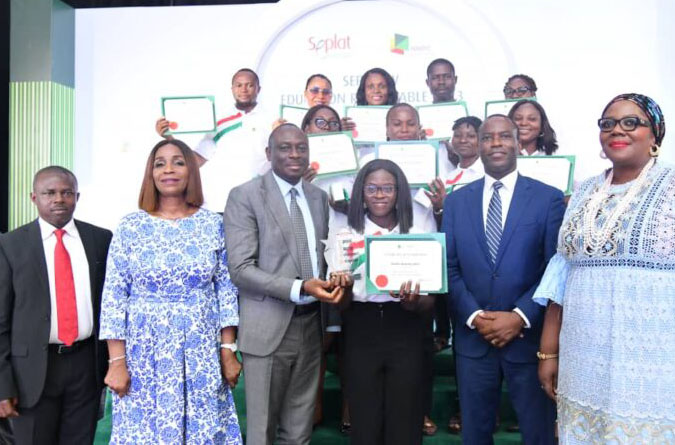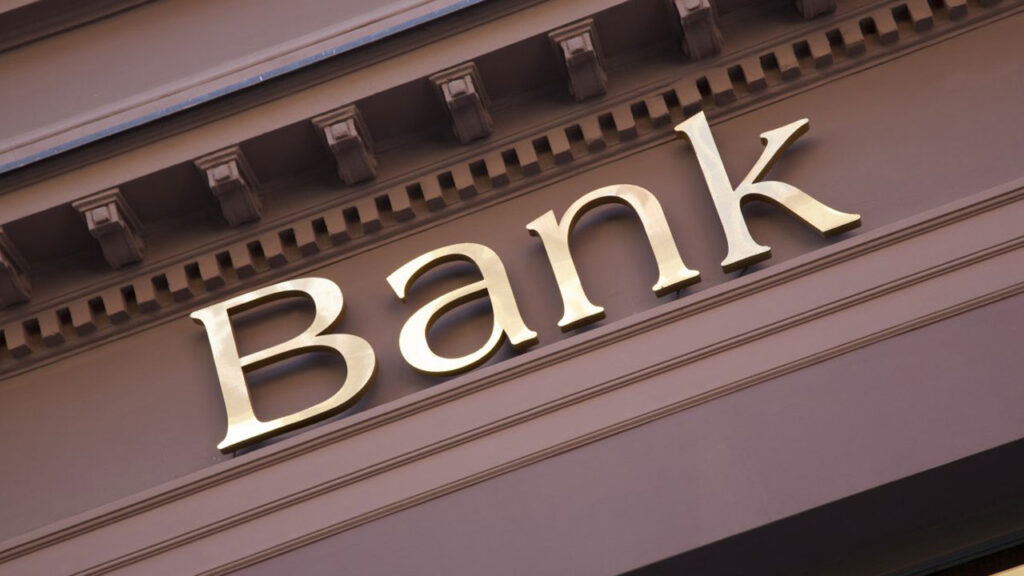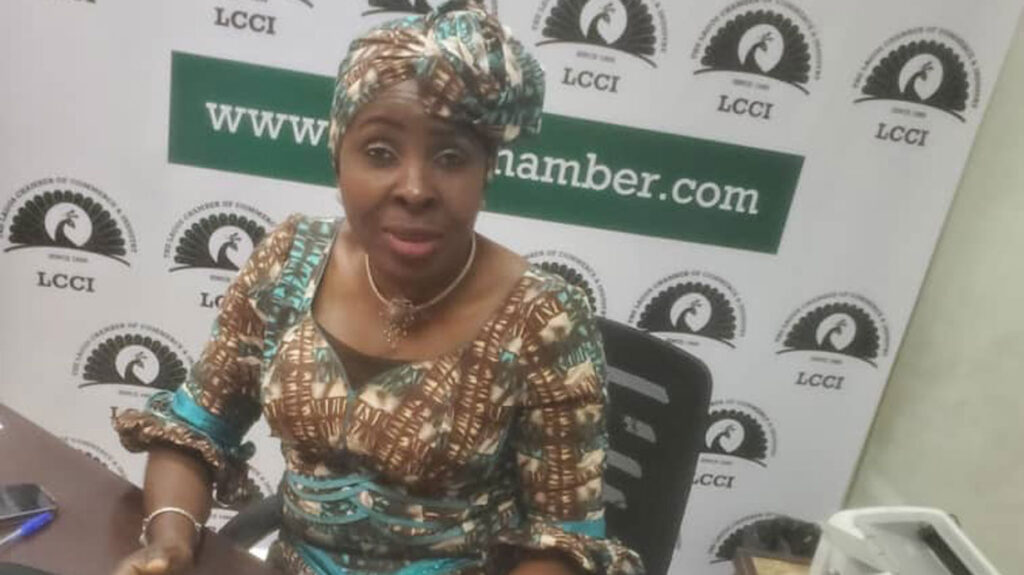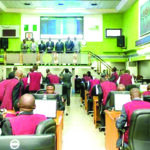
Foreign capital inflow into Nigeria increased by 44.3 per cent in June to $298.8 million, FMDQ Securities Exchange has said.
The inflow “underwhelming” when compared to the pre-pandemic monthly average of $1.56 billion, analysts at FMDQ have said.
It noted that local inflows rose further by 19.3 per cent m/m to $1.11 billion propelled by higher inflows from non-bank corporates, which contributed 35.7 per cent m/m to $597.1 million and exporters 2.3 per cent m/m to $448 million.
Additionally, the exchange also stated that total inflows on the Investors & Exporters (I&E) window increased for the second consecutive month, rising by 23.8 per cent m/m to $1.41 billion in June, higher than $1.14 billion recorded in May.
Reacting on development in the forex market, Codros Securities expressed optimism that the reforms in the forex market would translate to improved liquidity conditions over the medium term as market participants’ confidence increases.
“However, it stated that foreign investors will likely adopt a ‘wait-and-see’ approach in the near term as they await the CBN’s actions in clearing its forex backlogs and the direction of short-term interest rates amid high inflation.
“On 5 July, the FMDQ Securities Exchange announced a revision of the computation methodologies of the NAFEX and IEW spot rates to effect a transition from the current contributions-based model (which involves the use of indicative quotes from market participants) to a transactions-based model (which will apply actual FX market transaction data), effective 5 July 2023. ”
“We understand that the CBN has granted the International Oil Companies (IOCs) permission to resume selling US dollars (USD) to dealing member banks, as against the previous arrangement of selling to the CBN.”
According to Codros Securities, the revision aligns with the global shift in benchmark administration to a transaction-based model, as well as the ongoing reforms in the domestic forex market.
The company believed that the computation changes would improve transparency in the computation of the spot forex rates and provide a clearer picture of the rates reflective of the market realities at different times, albeit with increased intra-day volatility.
It added that the IOCs being permitted to sell their dollar to dealing members would likely increase forex liquidity in I&E over the medium term, which would ultimately support the local currency.
Meanwhile, Nigeria’s FX reserve weakened for the seventh consecutive week, as the gross reserve position fell by $60.27 million w/w to close at $34.06 billion as at July 6, 2023.
Similarly, the naira depreciated by one per cent to N776.90/USD at the I&E, with total turnover declining by 48.1 per cent WTD to $367.23 million at the close of trading on July 6, 2023.
FX trades at the IEW were consummated within the N600 – NGN820/USD band.
“In the weeks ahead, we expect the re-introduction of the ‘willing buyer, willing seller’ model at the IEW to influence the exchange rate direction.
“Nonetheless, while the CBN’s abolishment of its multiple Forex windows is positive in boosting foreign investors’ confidence, we think they will adopt a wait-and-see approach, for now, looking for signals on the CBN’s plans to start clearing the Forex backlogs and boosting supply to support the market in the near term.”

